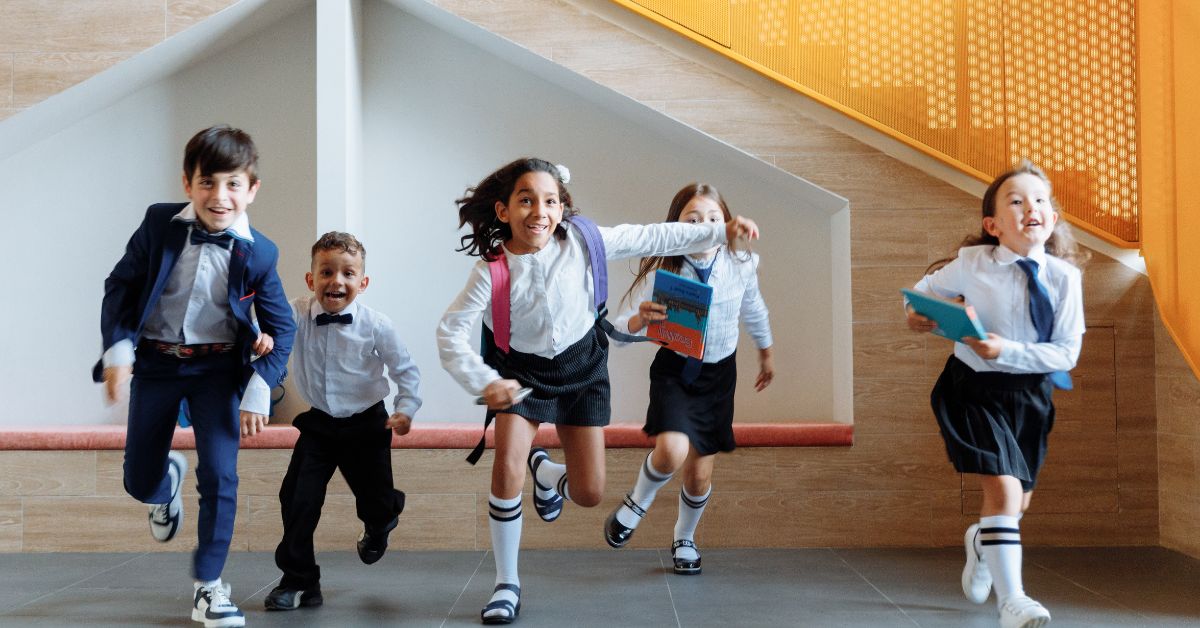Imagine a classroom where students want to finish their math homework because they’ll unlock a badge. Where history lessons feel like missions, and grammar exercises earn XP (experience points). Sounds like fun, right?
That’s the magic of gamification in education—a powerful trend that’s transforming boring assignments into engaging adventures and bringing joy back into the learning process.
What Is Gamification in Education, Exactly?
Gamification in education means applying game elements—like points, levels, leaderboards, and rewards—to academic content.
But it’s not just about flashy apps or digital games. It’s a mindset that makes learning feel like winning.
Game Elements Commonly Used:
- Points and scoring systems
- Badges and certifications
- Game-like challenges and quests
- Leaderboards and rankings
- Immediate feedback and rewards
Why Are Kids Responding So Well to Gamified Learning?
Because games speak their language. Children grow up playing video games and using interactive tech. Gamification meets them where they are—and then leads them somewhere meaningful.
Here’s why it works:
- Instant feedback creates excitement
- Small wins build confidence
- Challenges feel like opportunities—not chores
- Collaboration and competition spark engagement
“I forgot I was even doing schoolwork,” said 10-year-old Aria after completing a history scavenger hunt game. “It felt like I was solving a mystery!”
Can Gamification Really Improve Academic Outcomes?
Absolutely—and research backs it up.
A 2022 study from the University of Colorado found that students in gamified classrooms showed a 14% increase in test performance compared to traditional learners.
Another report from EdTech Review showed that gamified math platforms led to 25% more time spent practicing skills—without students even realizing it.
| Metric | Traditional Learning | Gamified Learning |
|---|---|---|
| Student Engagement | Moderate | High |
| Homework Completion Rate | Low to medium | Significantly higher |
| Long-Term Retention | Inconsistent | More consistent and active |
What Subjects Work Best with Gamification?
Short answer: almost all of them.
But here’s how different subjects use it:
- Math: Solve puzzles to unlock levels
- Science: Complete virtual experiments and earn digital badges
- Language Arts: Interactive grammar quests and storytelling games
- History: Time-travel themed missions to uncover historic secrets
- Languages: Vocabulary duels, listening challenges, and streak bonuses
The key? Creative design that ties game mechanics to learning goals.
Does Gamification Work for All Ages?
Yes—but it must be tailored.
Younger learners love:
- Bright visuals
- Simple progress bars
- Animated characters and stories
Older students benefit from:
- Competitive leaderboards
- Achievement tracking
- Peer-to-peer challenges
- Role-playing simulations
And guess what? Even adults respond well to gamified professional training. The motivation science is universal.
What Are the Downsides of Gamification in Education?
No tool is perfect. Gamification can be overused or misused if:
- It focuses too much on rewards, not learning
- It creates unhealthy competition
- It lacks meaningful content beneath the game design
Solution: Keep the learning objectives front and center. Use gamification to support—not replace—real instruction.
How Can Teachers Start Using Gamification Today?
You don’t need fancy tech. Start small:
- Turn quizzes into Kahoot! competitions
- Use point systems for participation or teamwork
- Create a classroom badge system (digital or printed)
- Build challenges around weekly goals
- Let students “level up” when they master new skills
Even paper-based games or role-play scenarios count as gamification—it’s all about changing the mindset.
Final Thoughts: Is Gamification the Future of Education?
Not entirely—but it’s a powerful tool in the toolbox. When done right, gamification in education doesn’t just entertain—it energizes, motivates, and transforms the learning experience.
Because when students are having fun, they’re not just playing—they’re thriving.








